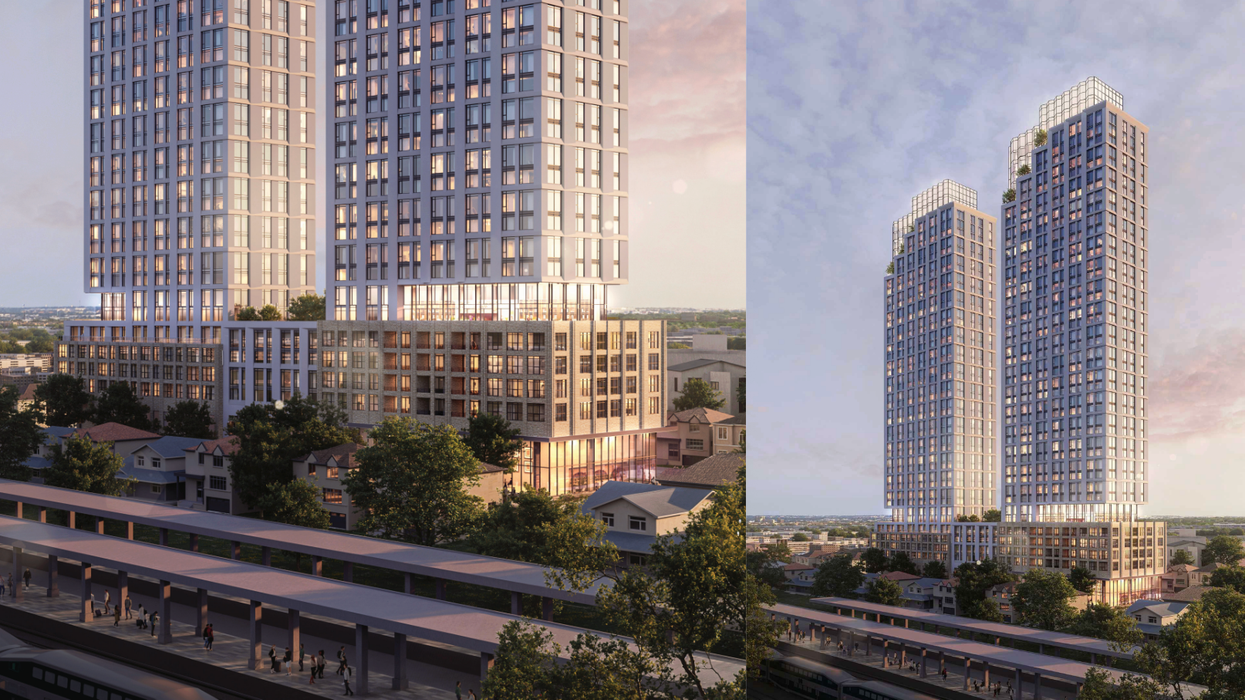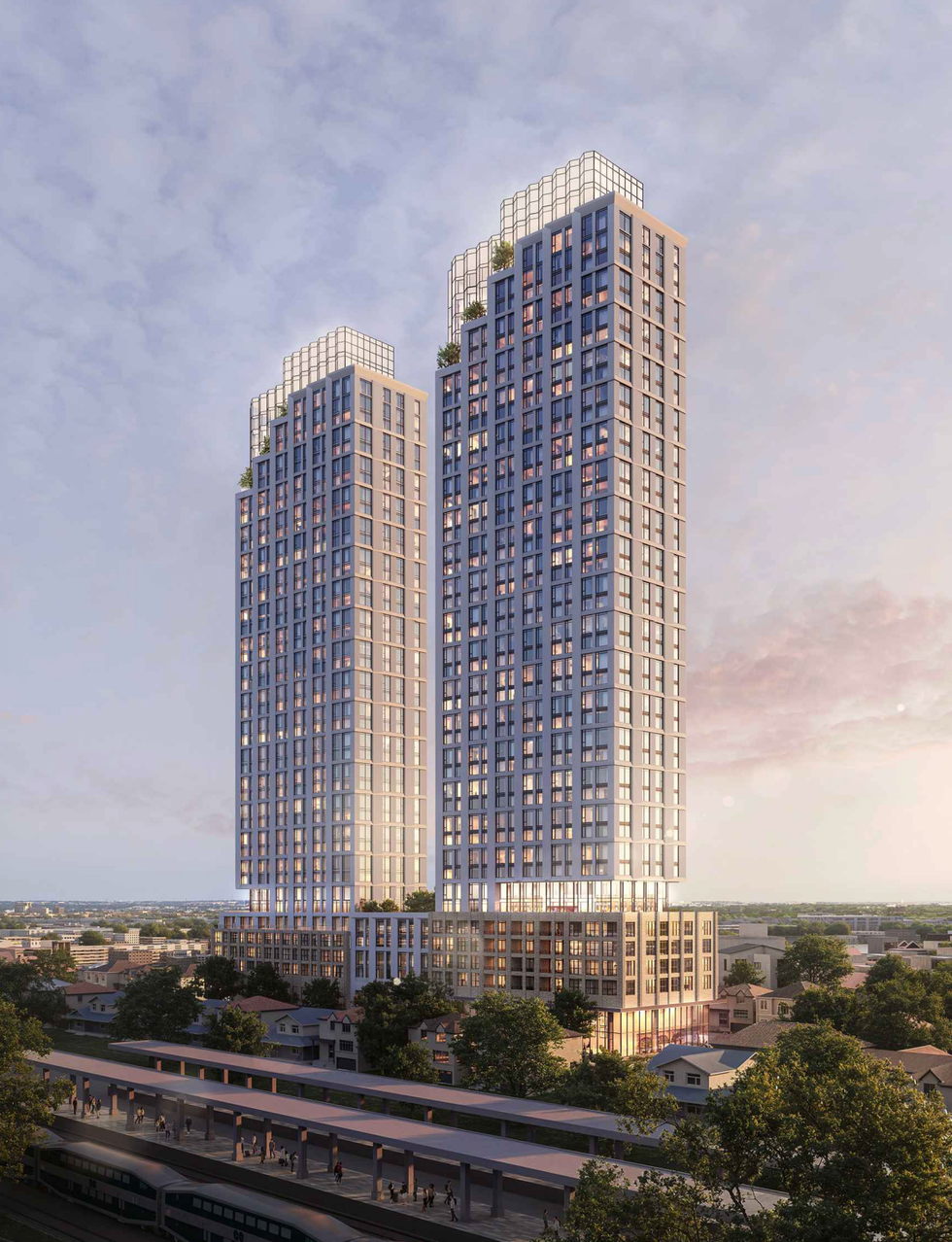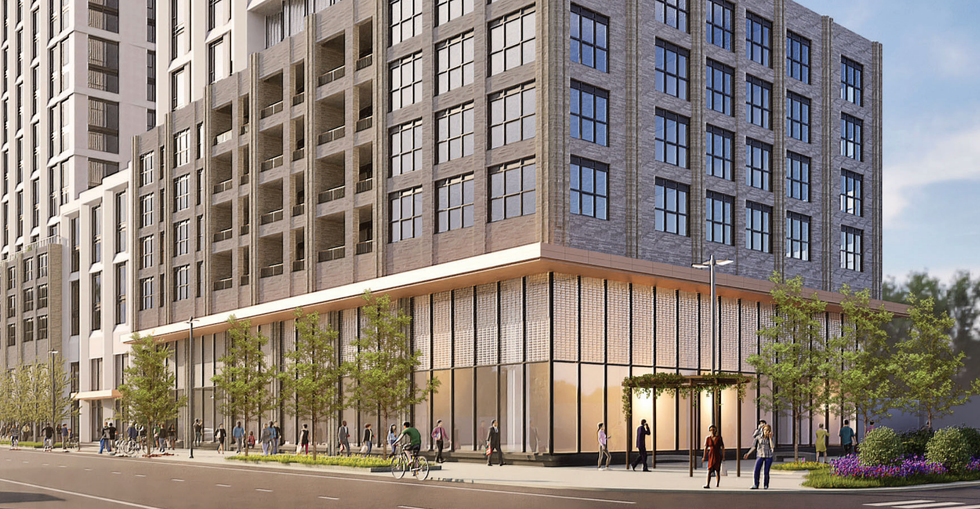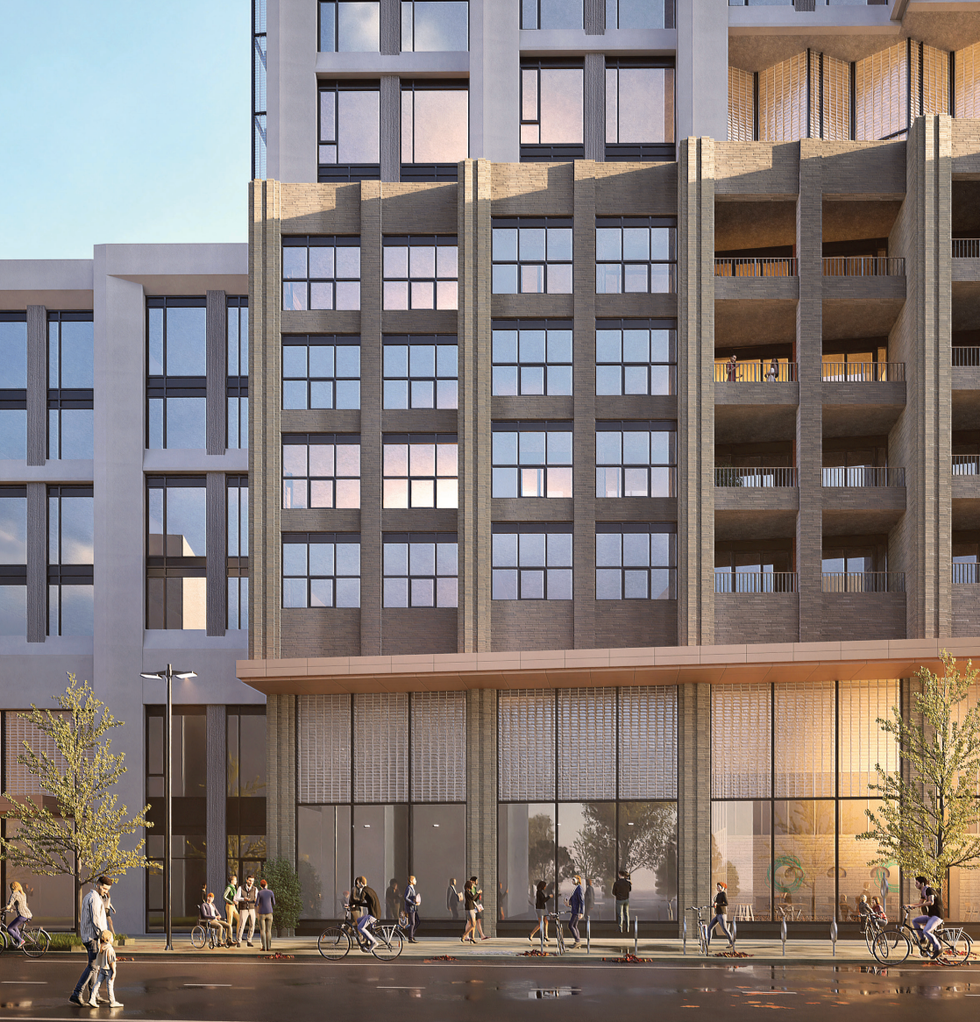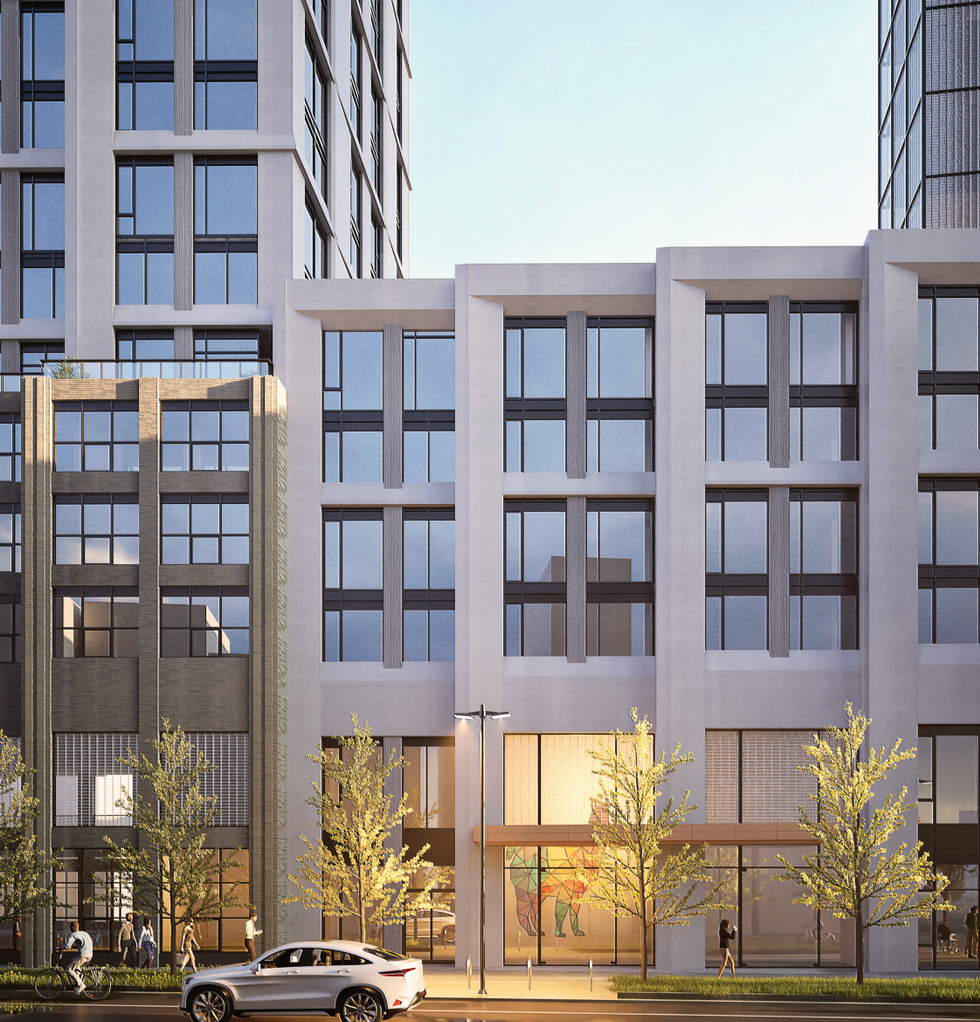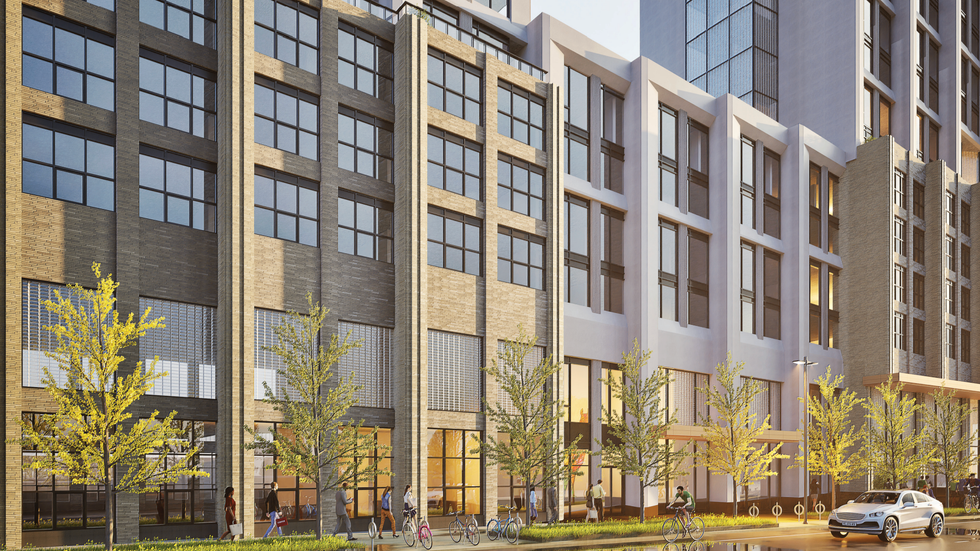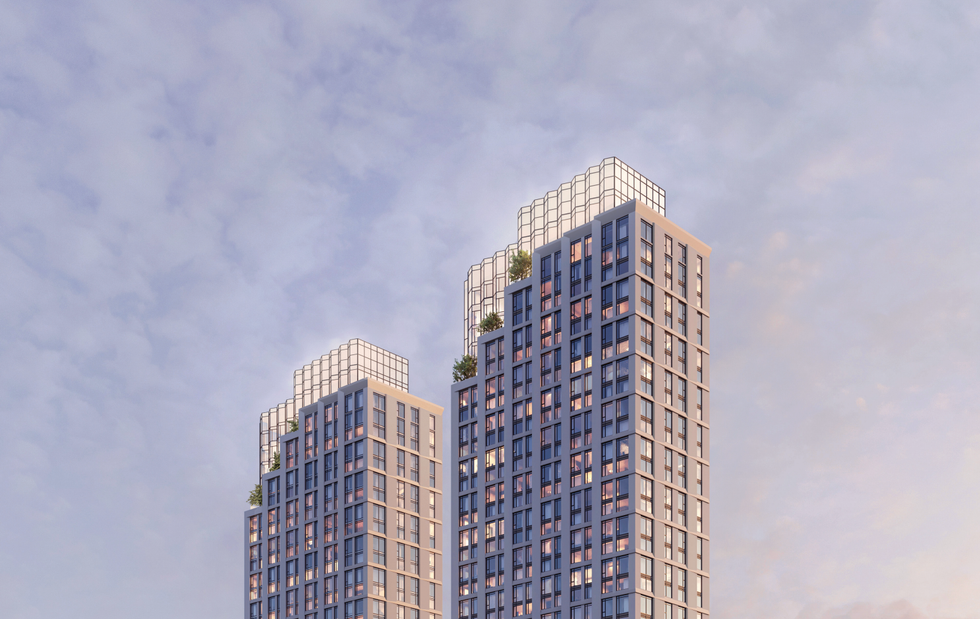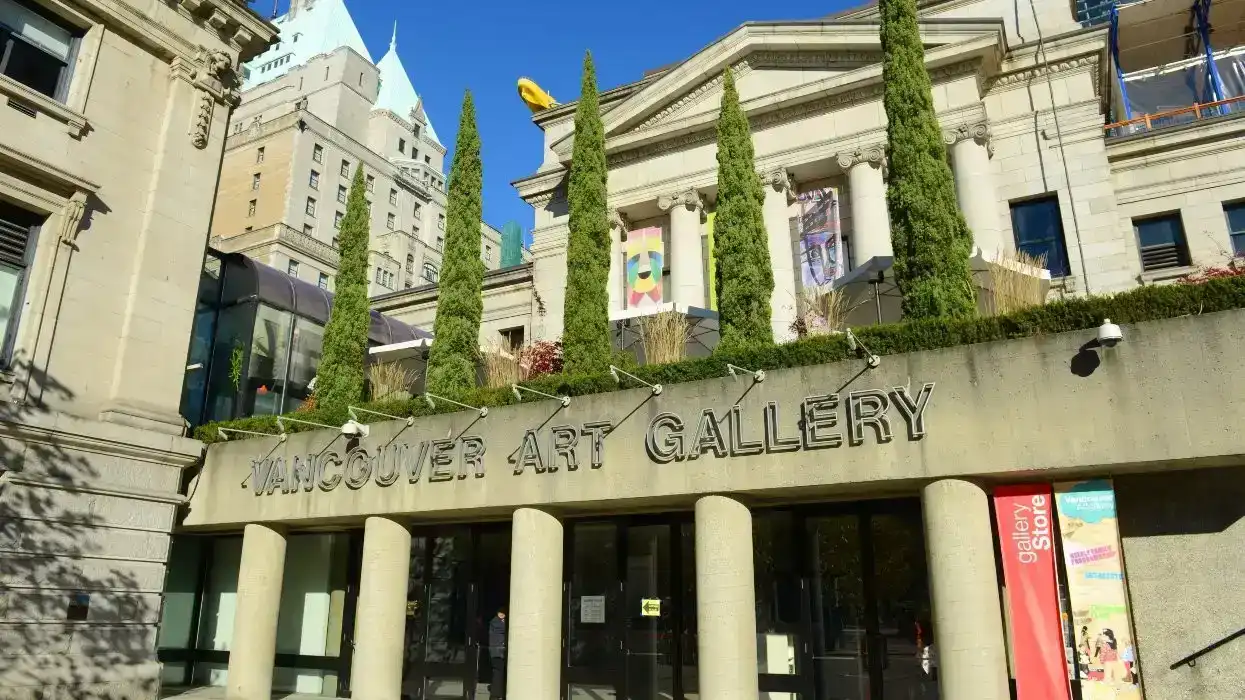Bridge Loan
Learn what bridge loan means in Canadian real estate, how it works in holding deposits and documents, and why it's important for a secure property transaction.

May 22, 2025
What is a Bridge Loan?
A bridge loan is a short-term financing option that allows homeowners to borrow against the equity in their current property to fund the purchase of a new home before their existing home is sold.
Why Bridge Loans Matter in Real Estate
Bridge loans are often confused with bridge financing but refer more specifically to the actual loan product used to facilitate the transition between two real estate transactions. In the Canadian market, a bridge loan is typically secured against the borrower’s current home and is repaid in full once that home is sold.
This type of loan is particularly useful when closing dates don’t align – such as when a buyer must close on a new home before the sale of their old home goes through. By providing short-term liquidity, bridge loans prevent the need for rushed sales or missed purchase opportunities.
Bridge loans are generally offered for a period of a few weeks to a few months and often carry higher interest rates than conventional mortgages. The approval process typically requires a firm sale agreement for the current home, demonstrating a reliable repayment plan.
Buyers must weigh the cost of the loan against the convenience it provides, including interest, administrative fees, and possible overlap in carrying two homes. Still, for many, the flexibility can make the difference in securing their ideal next property.
Example of a Bridge Loan
A couple in Ottawa buys a home set to close in August but won’t receive funds from their existing home's sale until September. They take out a bridge loan to cover the $80,000 down payment and repay it when their home sale completes.
Key Takeaways
- A short-term loan used to bridge the gap between buying and selling homes.
- Secured against the current home and repaid upon its sale.
- Offers financial flexibility but includes higher interest and fees.
- Requires a firm sale agreement in most cases.
- Useful for avoiding delays or rushed transactions.
Related Terms
- Bridge Financing
- Down Payment
- Home Equity
- Firm Offer
- Closing Date
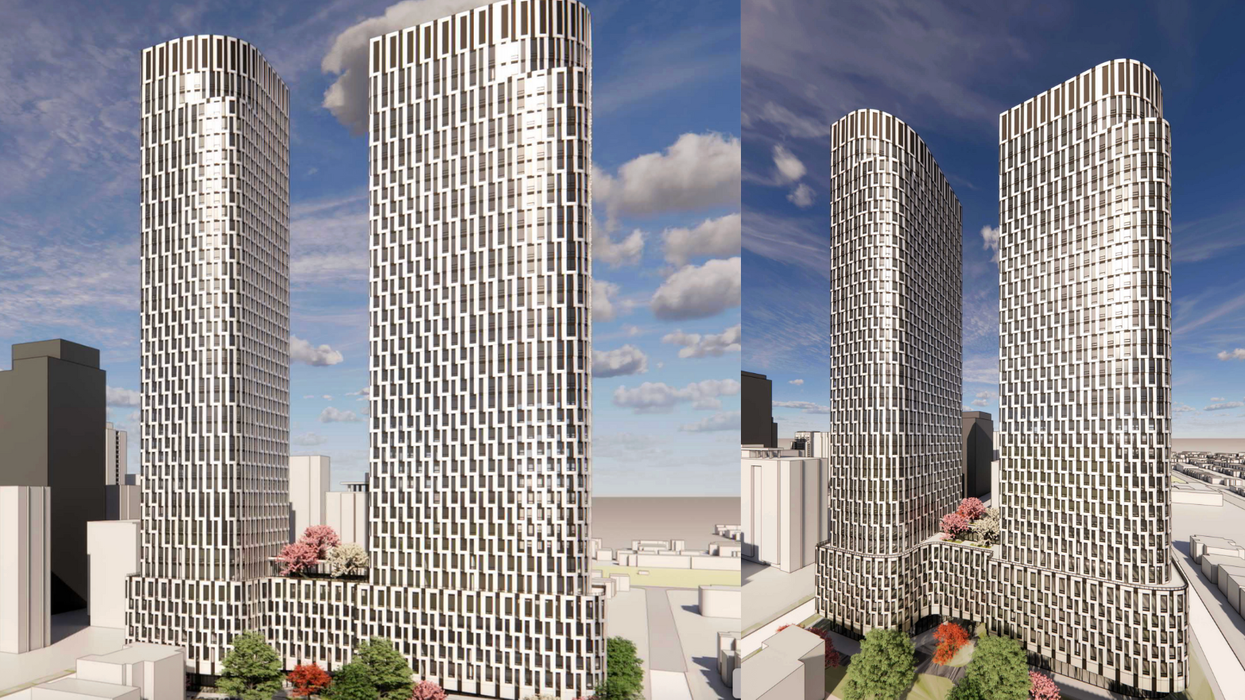
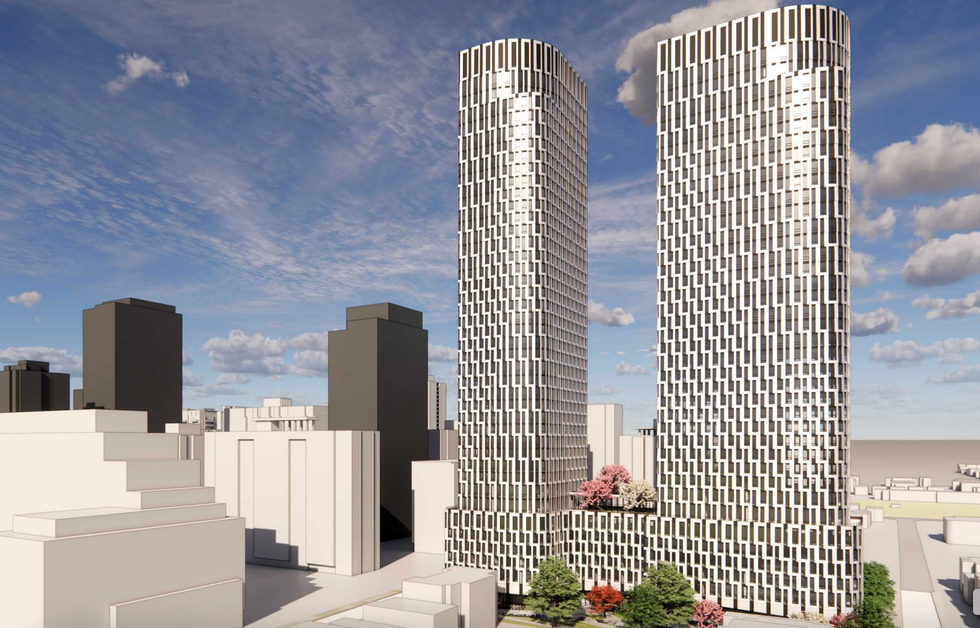

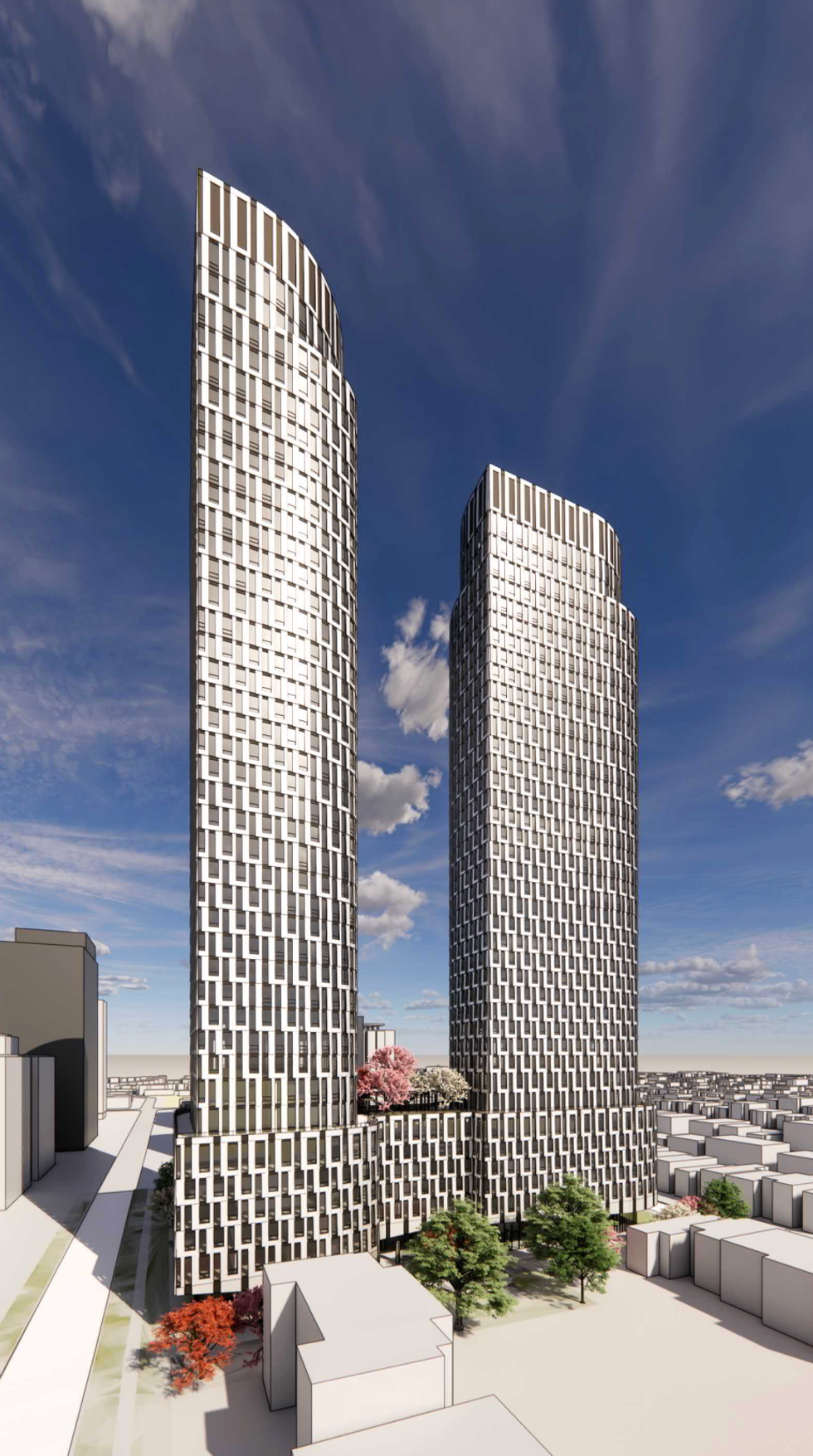
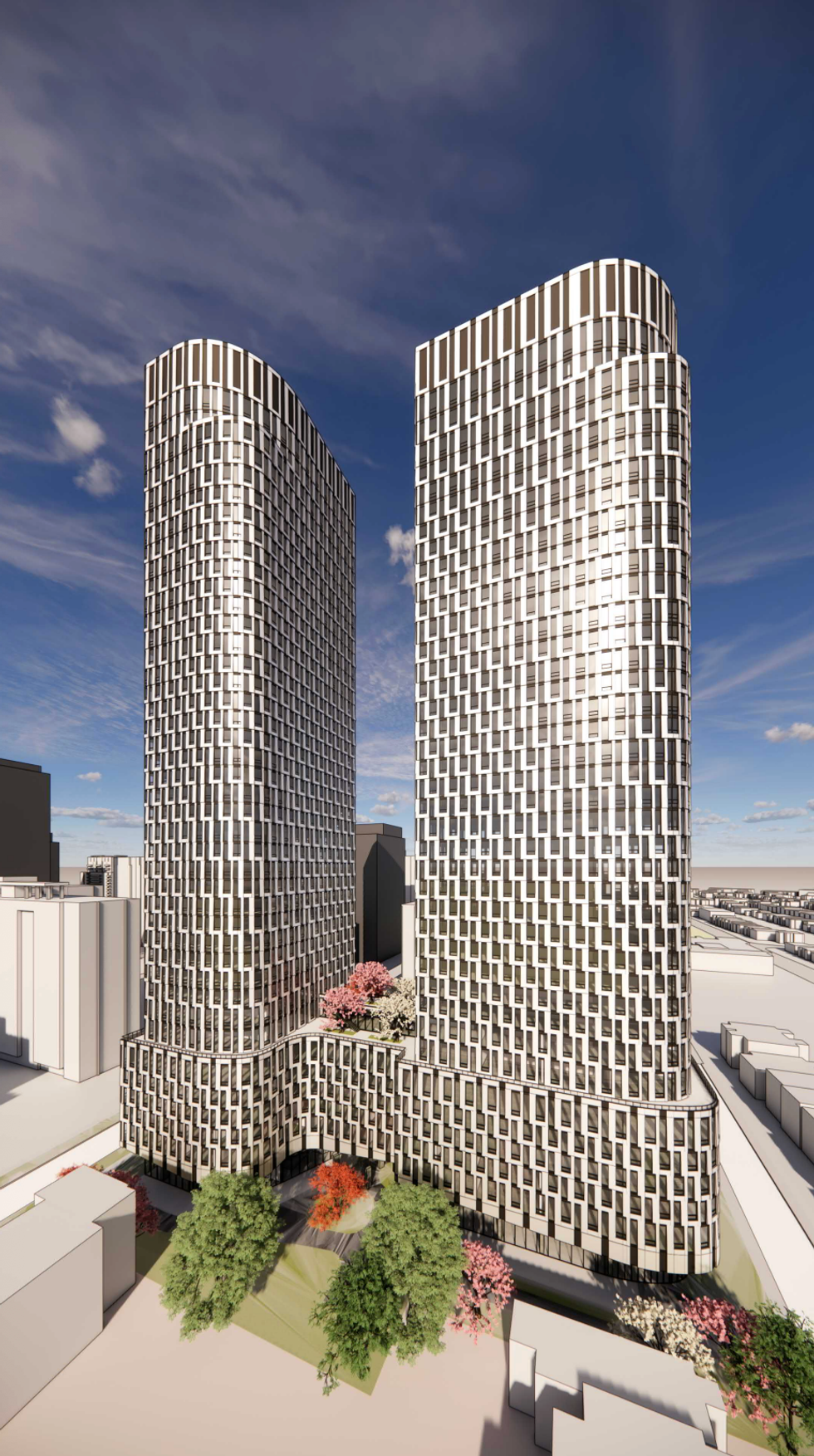
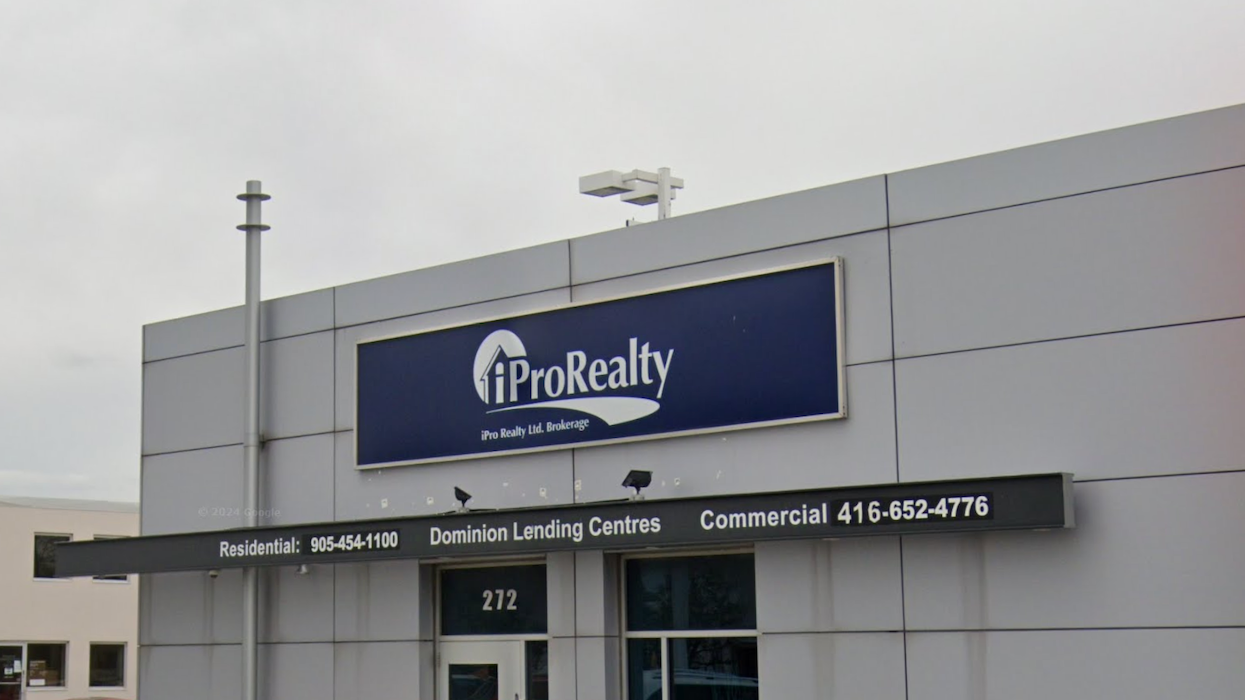

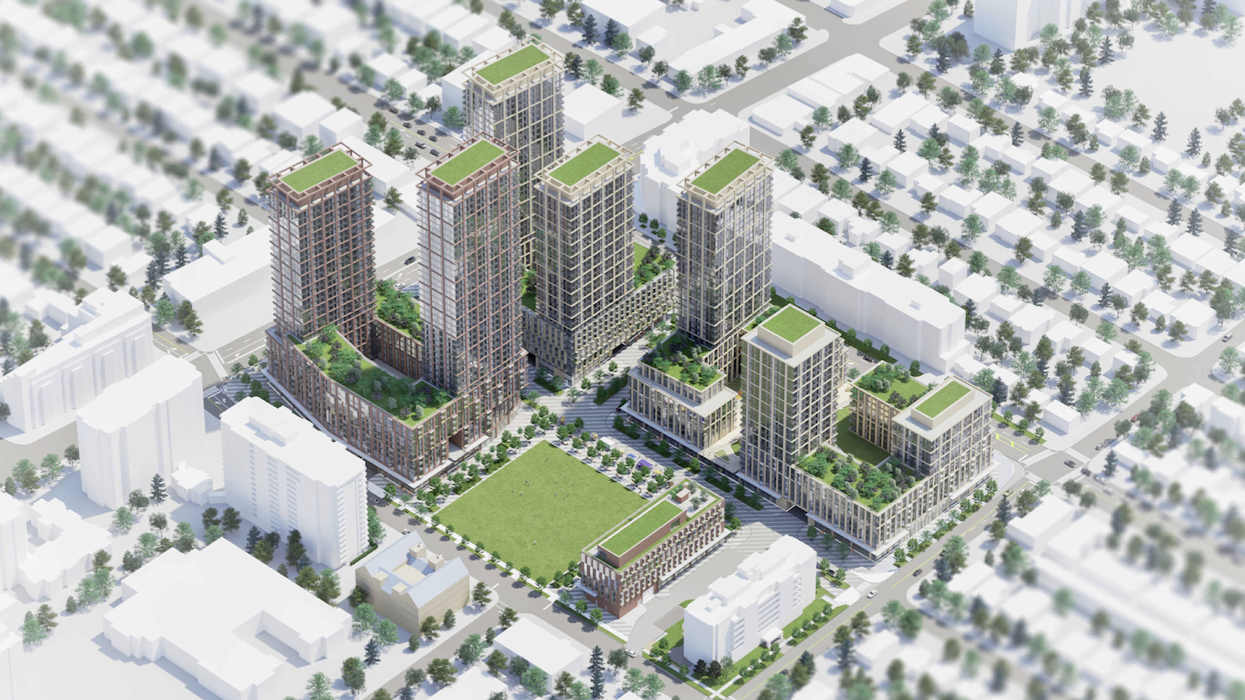
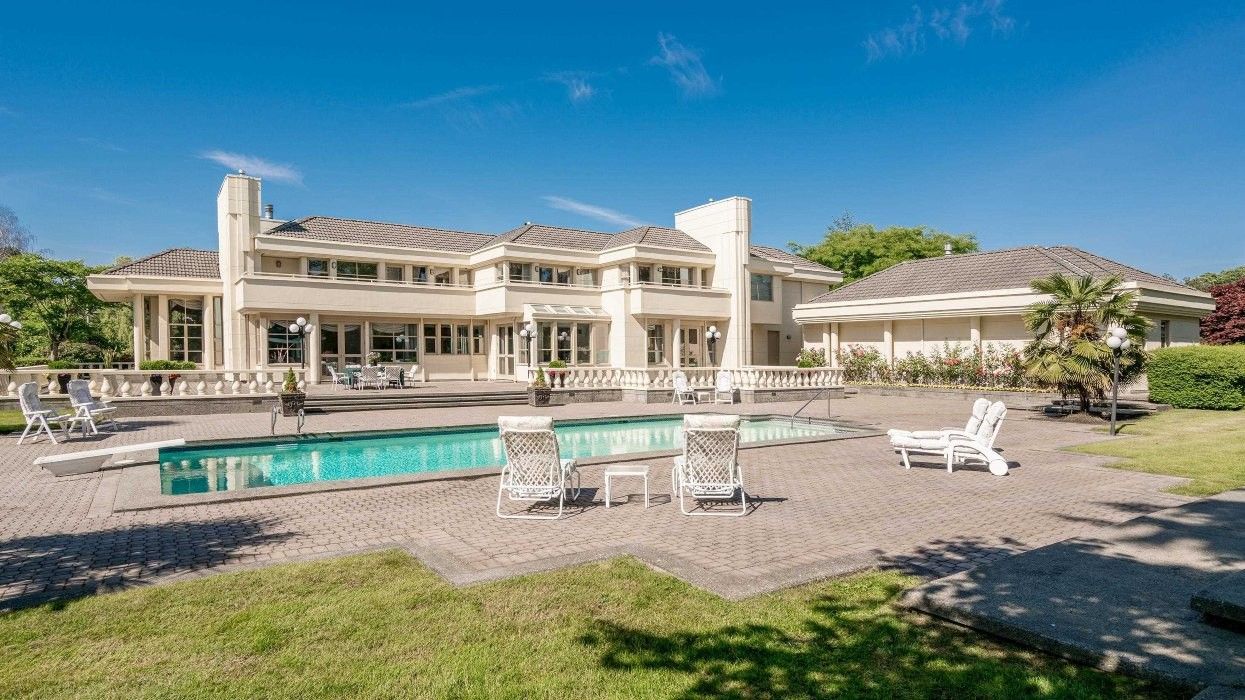
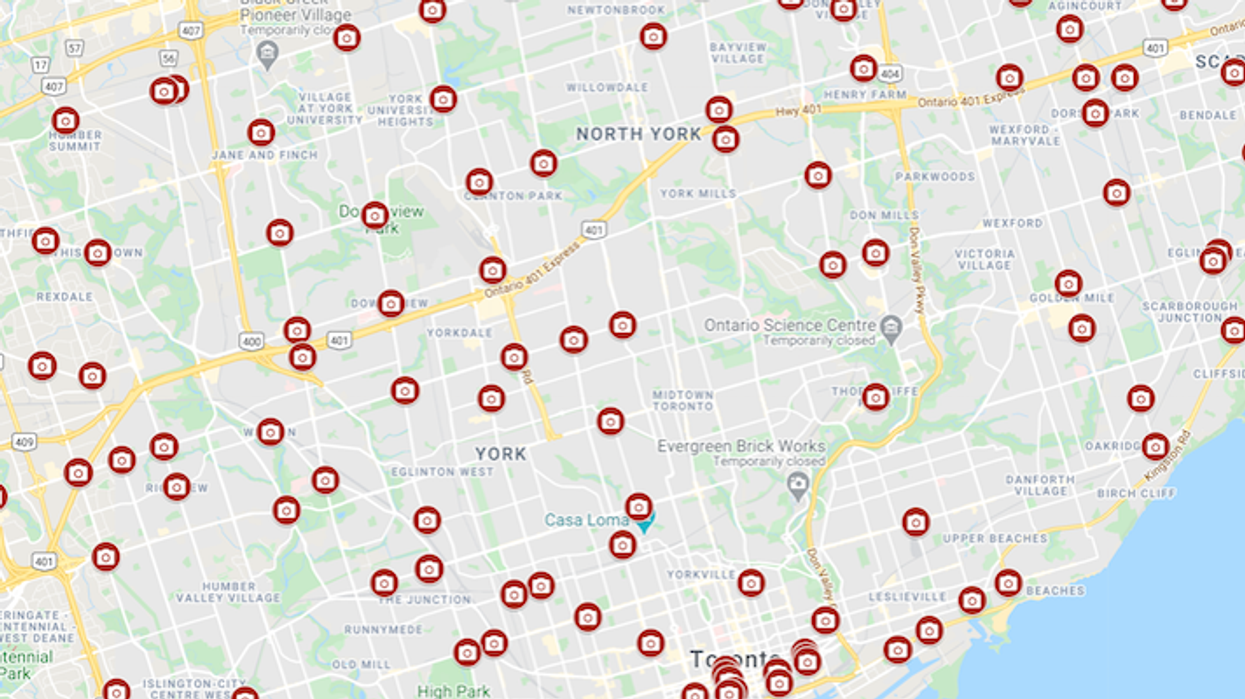
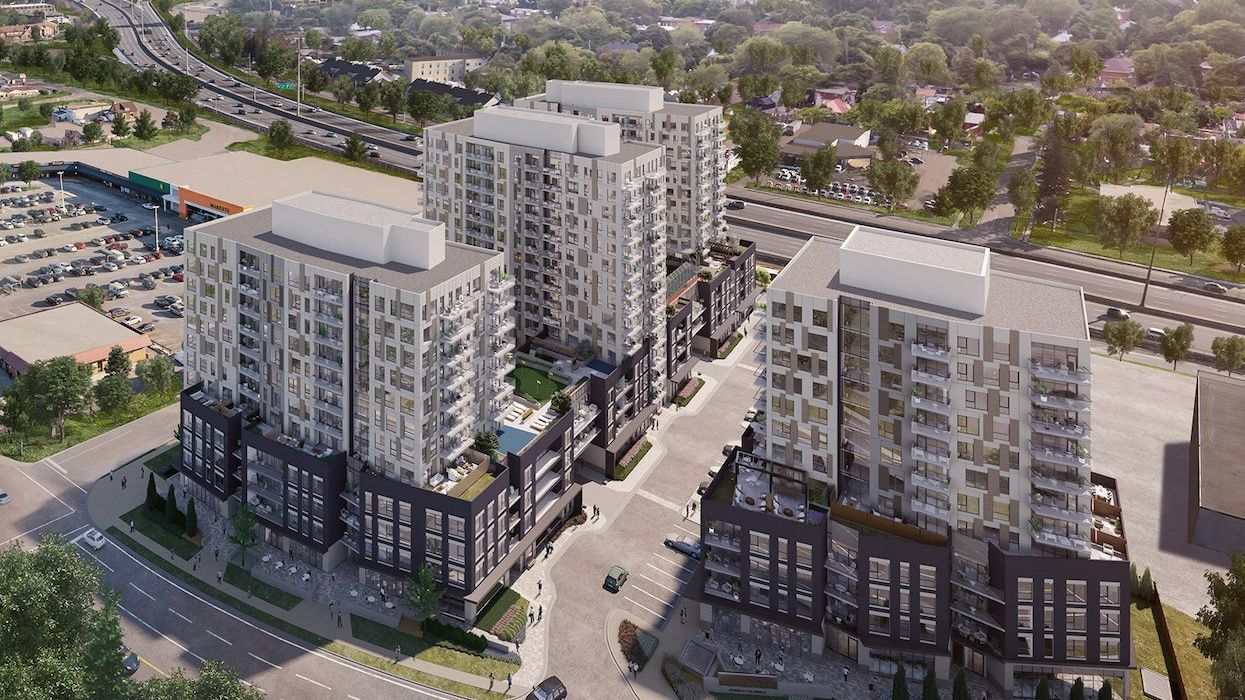
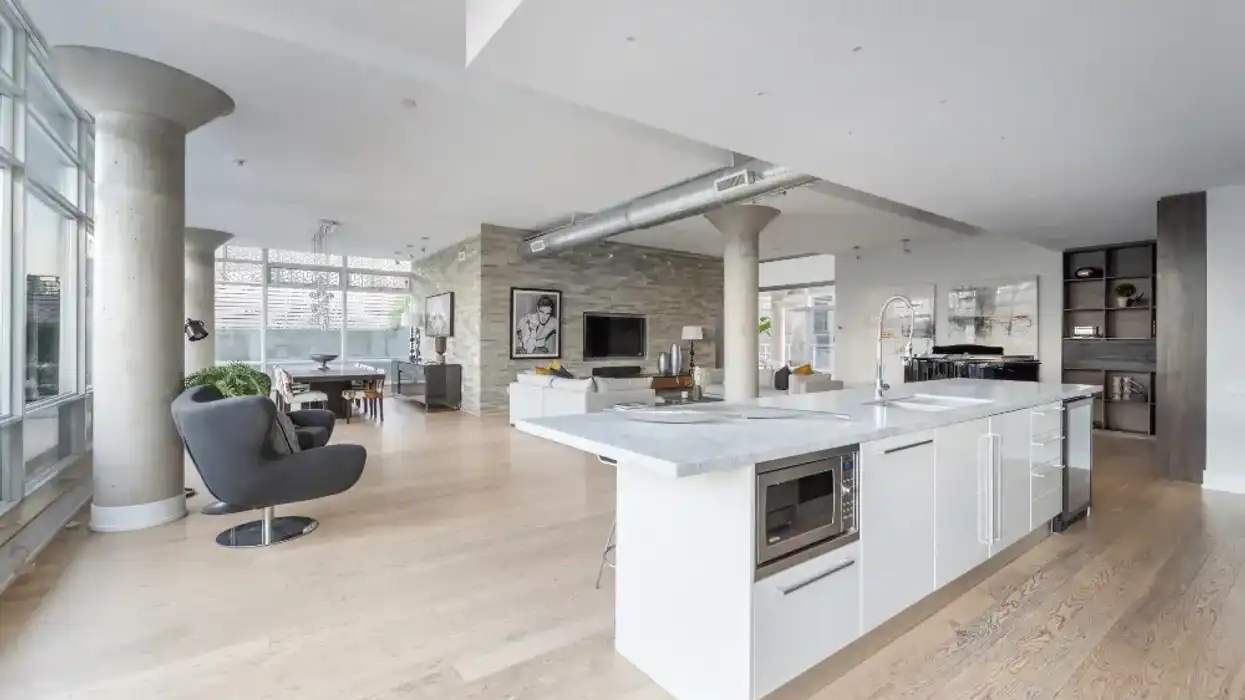
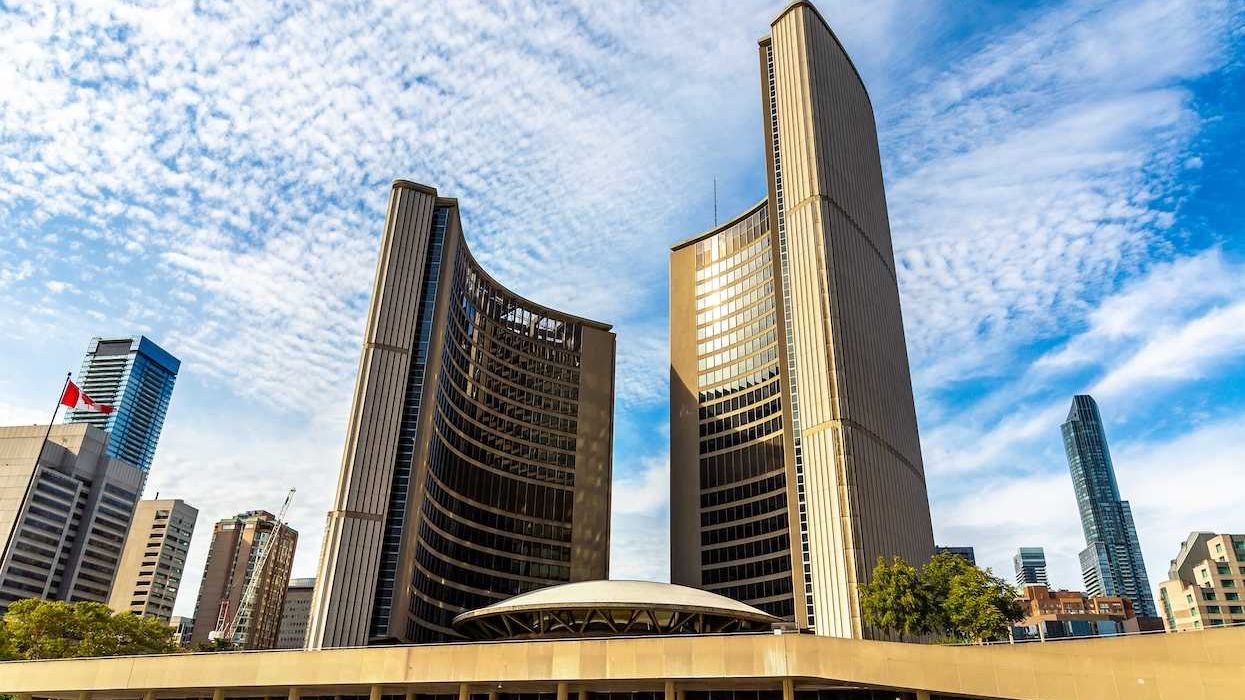
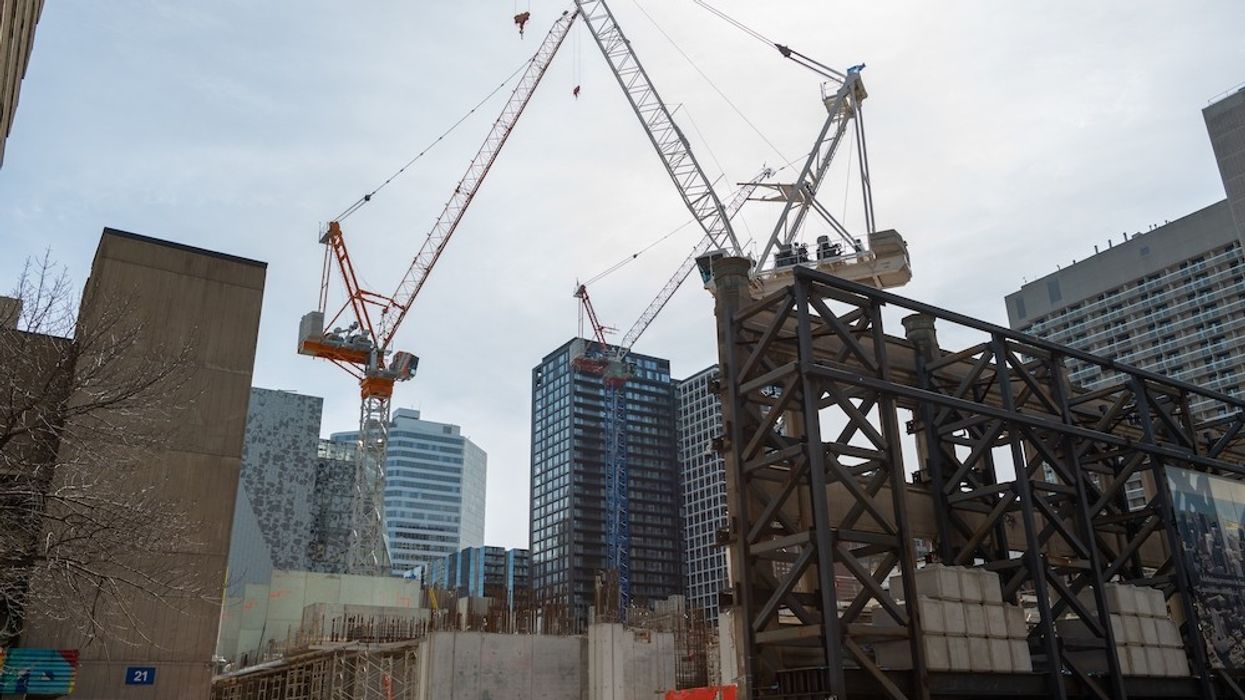
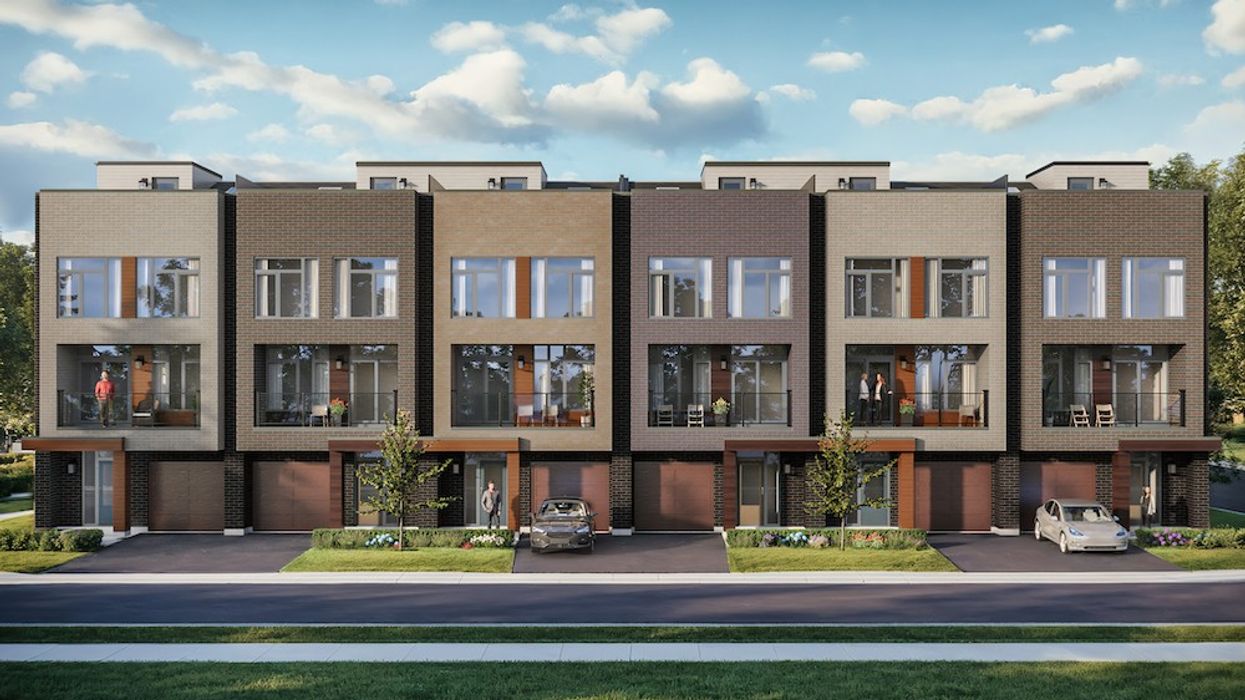
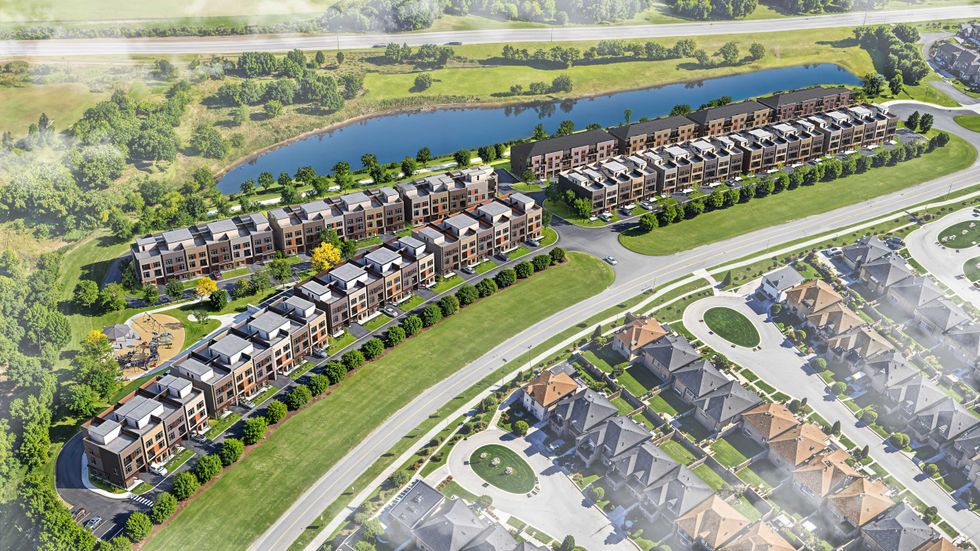 Camcos Living
Camcos Living Shutterstock
Shutterstock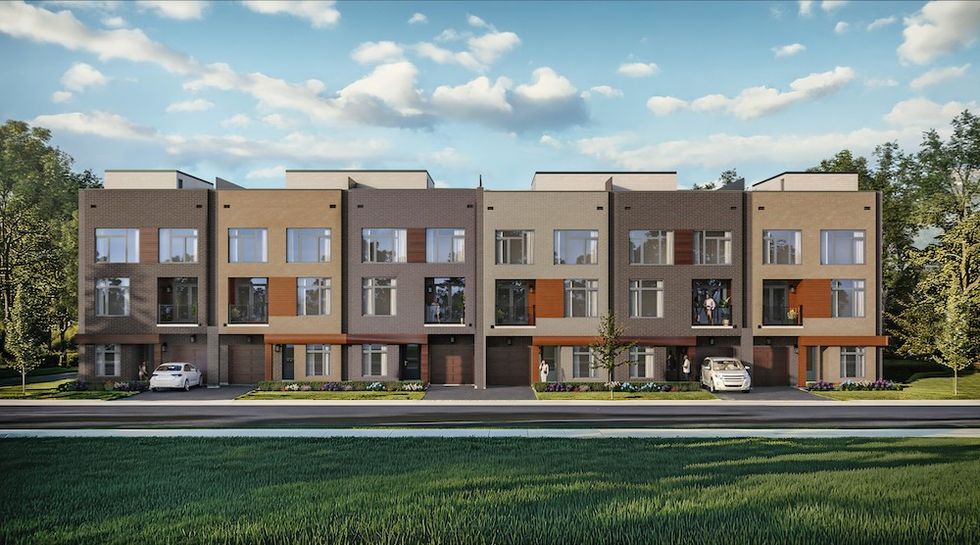 Little Rouge Block G/Camcos
Little Rouge Block G/Camcos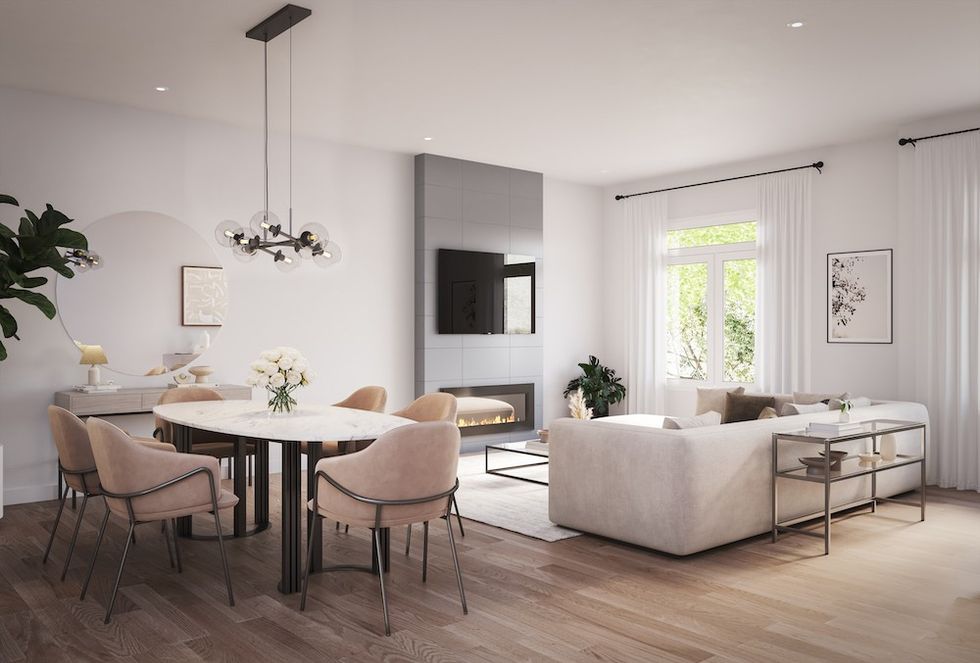 Camcos Living
Camcos Living Camcos Living
Camcos Living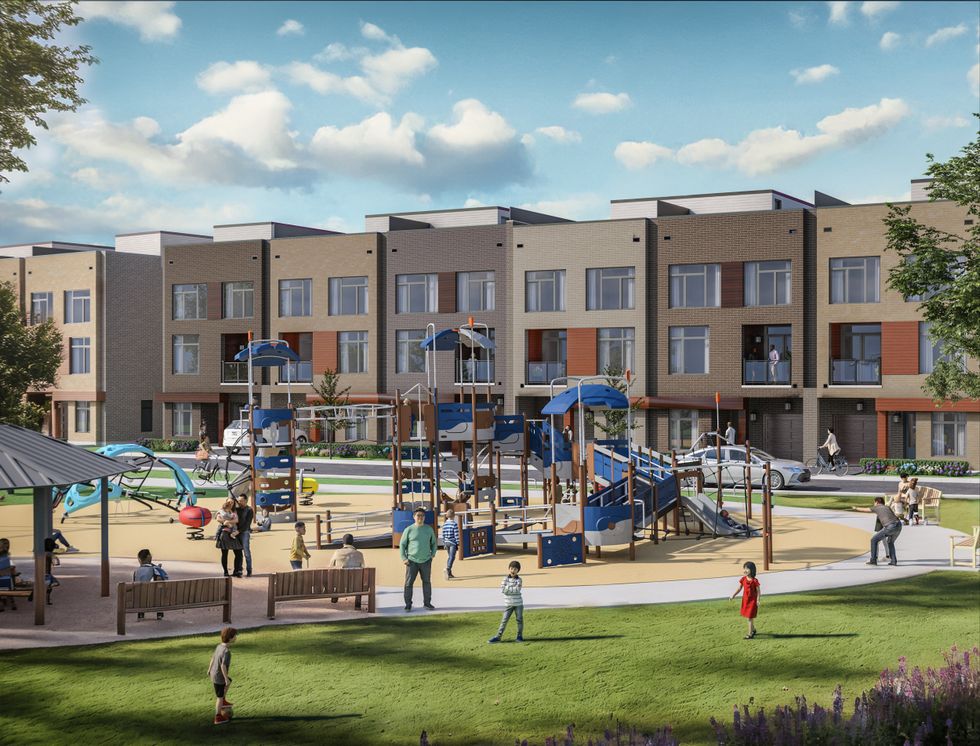 Camcos
Camcos
